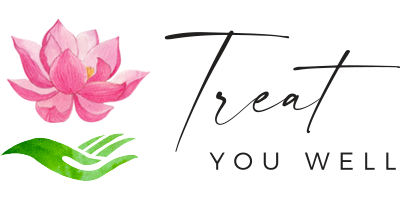Dry Needling
Why Dry Needling Helps To Resolve The Trigger Points In Muscles?
What is trigger Point?
Trigger points are discrete, focal, hyperirritable spots located in a taut band of skeletal muscle. They produce pain locally and in a referred pattern and often accompany chronic musculoskeletal disorders. Acute trauma or repetitive microtrauma may lead to the development of stress on muscle fibers and the formation of trigger points.
There are four types of trigger points:
An active trigger point typically lies within a muscle. Applied pressure results in pain at the site of the trigger point or along that same muscle.
A latent trigger point is inactive (dormant) but could become active.
A secondary trigger point is a knot in a muscle other than the one with the active trigger point. An active trigger point and secondary trigger point can become irritated at the same time.
A satellite trigger point is one that becomes inactive because it overlaps with the region of another trigger point.
Dry needling: It is as known as (aka) IntraMuscular Stimulation (IMS) or Trigger Point Dry Needling (TDN). Pushing a thin needle into the trigger point to decrease tightness, increase blood flow and relieve pain. The procedure may suffer a few days soreness become feeling better.
Relax myofascial trigger points
Restore normal muscle tone, muscle length
Restore muscle coordination and function
Particularly great for those having excessive metabolic wastes build up with high pressure in muscles, such as athletes, active sport players with repetitive movements (e.g. Running, jumping, weight lifting, bike riding, tennis playing and etc.).
With a long hour sport playing without sufficient stretching after the games, it will develop trigger points through time. Overused muscle becomes weak with exertion that will easily developing minor wears & tears and/or minor sprains & strains while you are playing sports intensively. A high tolerant person may not be noticeable because the pain is minimal. Most people will ignore that pain and continue playing sports or doing activities, the condition will be worse developed through time and leave it not to be treated.
Muscle hypertrophy occurs when the fibres of the muscles sustain damage or injury. Repair after injury can occur by regeneration of cells or tissues that restores normal tissue structure, or by healing, which leads to the formation of a scar. The taut muscles will develop if there is no stretching or insufficient stretching to be done during the new tissue pavement. Time after time repeated the same scenarios, you might have many scar tissues building up layer by layer and your muscles become solid hard like a rock. It becomes harder to treat through deep tissue massage. On top of all of theses, the trigger points normally with high pressure may also develop and trap deeply inside the myofasical as well as in the muscle bellies. It generates pain and sometimes have a refer pattern through time. It also decrease the range of motion. Dry needling may be the better choice although you may suffer soreness for a few days after it is done.
Others:
1) Regular Massage: Reduce muscle tension (like deep tissues), open up myofascial network increase blood flow, oxygen and nutrients delivery (with myofascial release), active release and trigger point release (could be painful).
2) Muscle Foam Rolling and Stretching: Help to open my myofascial network, increase the blood flow, oxygen and nutritional minerals delivery to tissues, muscles and joint for better recovery. Stretching for wounded or targeted muscles increases its flexibility and increase its range of motion.
